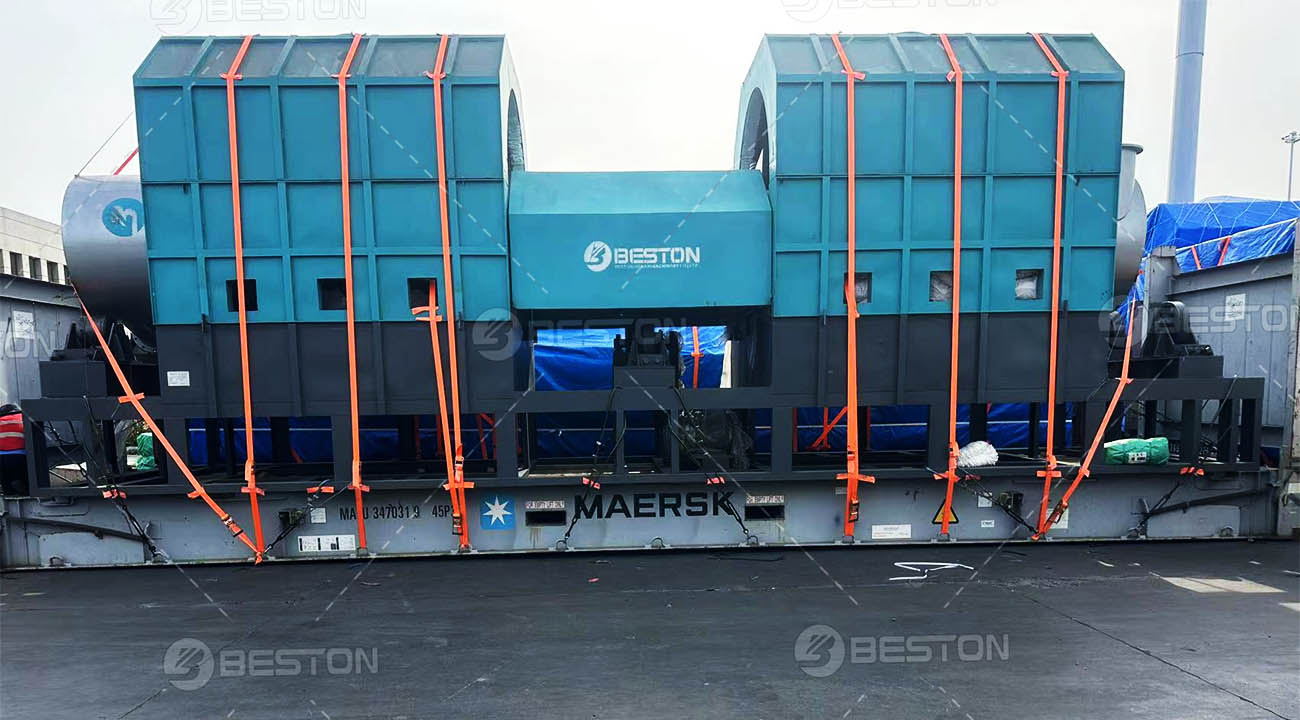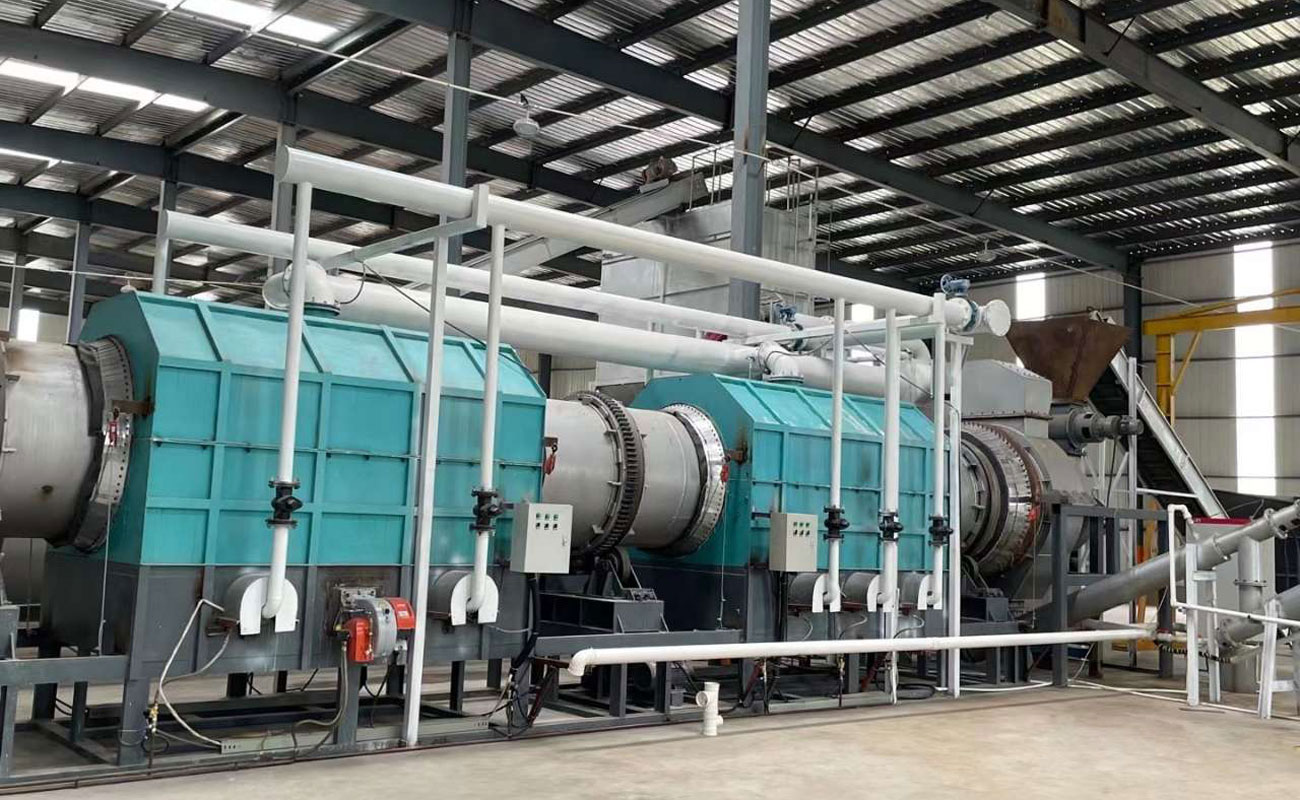Unlocking the Potential of Biochar Production Equipment
Biochar production equipment plays a vital role in the efficient and effective production of biochar, a carbon-rich material derived from the pyrolysis of biomass. This article explores the world of biochar production equipment, highlighting its significance and the benefits it offers in various applications.
Biochar is a unique substance with tremendous potential in different sectors. It is produced through the pyrolysis process, which involves heating biomass in the absence of oxygen. The process decomposes organic materials and produces biochar, combustible gases (syngas), and liquid bio-oil. However, the production of biochar requires specialized equipment designed to facilitate the pyrolysis process efficiently and ensure consistent quality and high yields.

What is Biochar?
Biochar is a highly porous carbon-rich material produced from the pyrolysis of biomass. Pyrolysis is a process that involves heating biomass in the absence of oxygen, resulting in the decomposition of organic materials and the production of solid biochar, combustible gases, and liquid bio-oil. Biochar is known for its stable carbon structure, which allows it to persist in the soil for hundreds or even thousands of years.
Benefits of Biochar Production Equipment
Biochar production equipment offers several benefits that contribute to sustainable development:
Enhancing Soil Fertility and Health
One of the significant advantages of biochar is its ability to enhance soil fertility and health. When biochar is incorporated into the soil, it improves its physical properties, such as water retention and nutrient holding capacity. Biochar also acts as a habitat for beneficial microorganisms, promoting a thriving ecosystem within the soil. By using biochar production equipment, we can actively contribute to sustainable agriculture and improve crop productivity.
Carbon Sequestration and Climate Change Mitigation
Biochar possesses remarkable carbon sequestration properties. When applied to the soil, biochar effectively locks carbon within its stable structure, removing it from the atmospheric carbon cycle. This helps mitigate climate change by reducing greenhouse gas emissions. Biochar pyrolysis equipment enables the large-scale production of biochar, allowing us to actively participate in carbon sequestration efforts and combat the impacts of climate change.
Waste Management and Resource Recovery
Biochar production equipment provides an innovative solution for managing various types of biomass waste. Agricultural residues, forestry byproducts, and organic waste materials can be converted into valuable biochar through the pyrolysis process. By utilizing biochar production equipment, we can minimize waste disposal issues, reduce reliance on landfilling or open burning, and recover valuable resources from biomass that would otherwise go to waste.
Renewable Energy Generation
In addition to biochar, the pyrolysis process generates combustible gases, known as syngas. Biomass pyrolysis plant includes gas collection and treatment systems to capture these gases. The collected syngas can be utilized as a renewable energy source for heat and power generation. By harnessing biochar production equipment, we can contribute to a greener and more sustainable energy sector by reducing dependence on fossil fuels.

Factors to Consider when Selecting Biochar Production Equipment
Several factors should be taken into consideration when choosing biochar production equipment to ensure optimal performance and efficiency:
- Scale and Capacity: The equipment should align with the desired production scale, whether it’s a small-scale setup or a large industrial operation. Matching the equipment capacity with the feedstock availability is crucial for achieving consistent biochar production.
- Feedstock Compatibility: Different types of biochar production equipment may have specific requirements regarding the feedstock used. Assessing the compatibility between the equipment and the available feedstock ensures efficient processing and maximizes biochar yield.
- Efficiency and Energy Consumption: Evaluating the equipment’s efficiency and energy consumption helps optimize resource utilization and reduce operational costs. Energy-efficient systems contribute to sustainable production practices.
- Environmental Impact and Emissions: Environmental considerations are vital when selecting biochar production equipment. Equipment that minimizes emissions, such as volatile organic compounds (VOCs) or greenhouse gases, promotes environmentally friendly production processes.
- Maintenance Requirements: Understanding the maintenance requirements of the equipment is crucial for its long-term operation. Equipment that is easy to maintain and has good availability of spare parts minimizes downtime and ensures consistent production.
- Cost Considerations: Cost is an important factor in equipment selection. Evaluating the upfront investment cost, operational costs, and potential return on investment helps make an informed decision. Therefore, a suitable equipment manufacturer for you is extremely important. Beston Group is definitely a good choice.
In conclusion, biochar production equipment plays a significant role in enabling the efficient and sustainable production of biochar. The key components of this equipment, such as feedstock preparation, pyrolysis reactors, gas collection and treatment systems, condensation and bio-oil collection, and biochar cooling and handling, are essential for the successful production of high-quality biochar. When selecting biochar production equipment, factors like scale and capacity, feedstock compatibility, efficiency and energy consumption, environmental impact, maintenance requirements, and cost considerations should be carefully evaluated. By embracing biochar production equipment and harnessing its benefits, we can contribute to soil fertility, climate change mitigation, waste management, and renewable energy generation, paving the way for a more sustainable future.